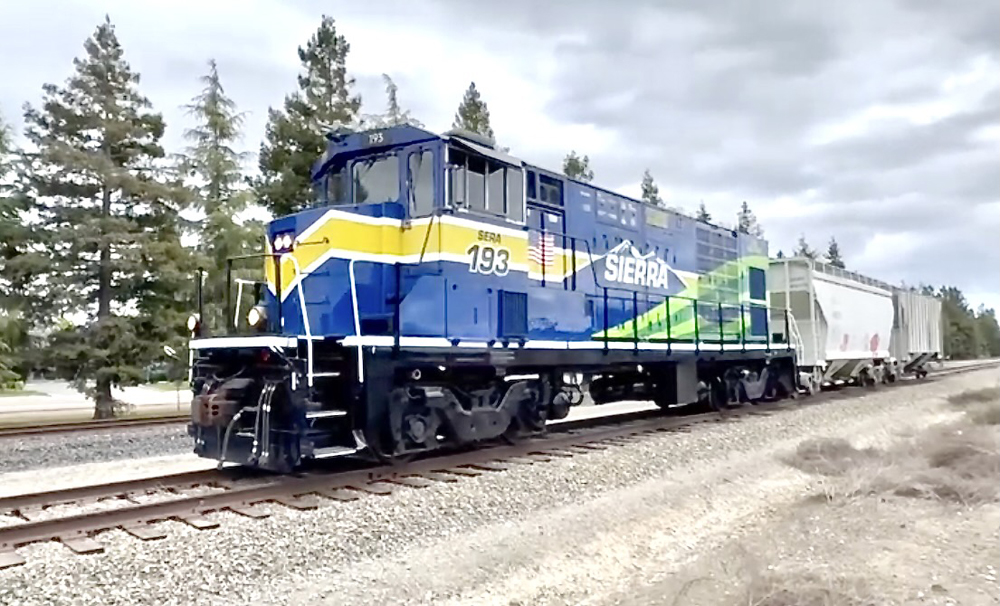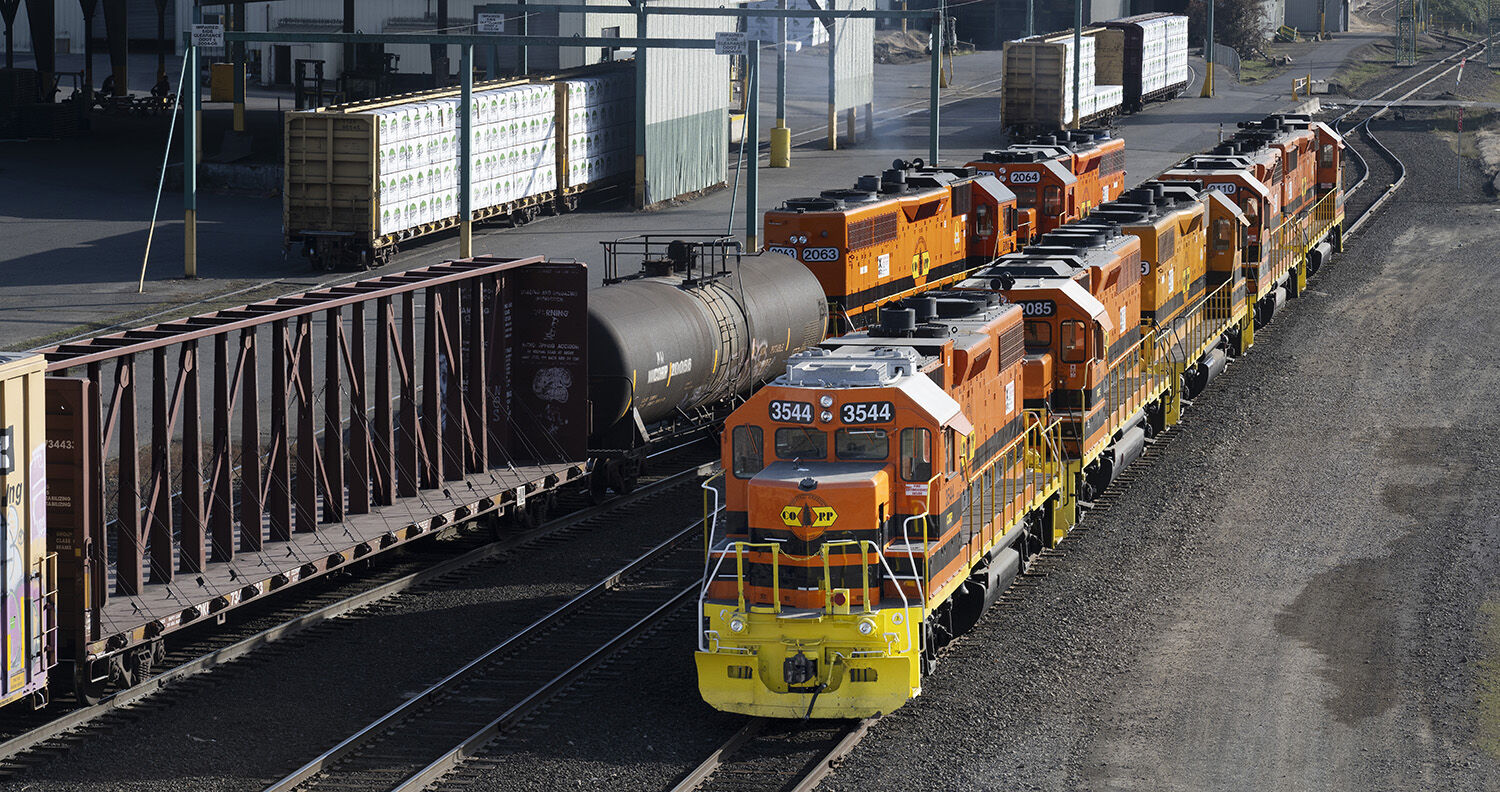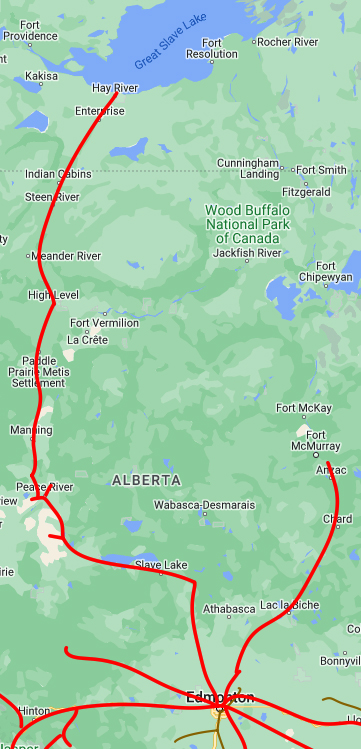Yes, yes, I know. Despite being a die-hard New York Central fan, I am well aware that the name New York Central disappeared some 30 years before General Motors built the SD80MAC.
There never was and never will be a New York Central SD80MAC in real life, but now there can be one on your layout.
Several years ago I asked leading hi-railer and CTT author Joe Lesser about painting a locomotive in the colors of a railroad that didn’t own that particular type of engine. He thought about it for a moment and replied, “As long as it’s decorated as it would have been if that railroad had owned a locomotive of that type, I don’t have a problem with it.”
In my book, that makes Lionel’s SD80MAC in New York Central colors legitimate. As for the matching Lionel New York Central Superliner passenger cars, they’re fine with me, too, although I judge the locomotive’s colors to be the Central’s “freight black” instead of “passenger gray.”
For those of you still unconvinced, the Lionel SD80MAC is also available in Conrail and CSX road names.
In the world of real railroading the 5,000-horsepower SD80MAC was an interim design fielded by General Motors, sold while the company finished up work on a newer 6,000-horsepower prime mover.
The SD80MAC used AC traction motors and a V-20 prime mover. The locomotive has an adhesion rate of 35 percent (meaning that drawbar pull was 35 percent of its weight), compared to 25 percent from an SD60 or 18 percent from an SD40-2. According to the Field Guide to Modern Diesel Locomotives, 30 SD80MACs were built, 28 for Conrail and two demonstrators for EMD (Conrail later added the two demos to its fleet).
The model
This boy is sturdy with an uppercase S and matches up well to the prototype. Coupler-to-coupler, the model is 201/2 inches long, which translates to 82 scale feet. The prototype measures 80 feet, 1 inch long. The model is 4 inches or 16 scale feet tall; the prototype is 15 feet, 4 inches tall.
There is a laudable amount of detail on the locomotive shell including hinges, latches, and rivets. You’ll also find both cast-in and see-through screens on the plastic body shell.
The cab has two painted figures, though no cabin detail. On the cab roof you’ll find four “flat” radio antennas that mirror the Conrail versions of the locomotives. The front and side decks all have safety treads.
Other notable cab details are the side-window visors and the windshield-wiper arms.
Separately applied grab irons are all over the place: out front, on the top of the nose, on the cab roof, and on the rear hood. The effect is pretty nice.
The locomotive’s handrails are black, except for the rails by the steps, and the separately applied grab irons are white. In the “real world,” most handrails on New York Central diesels were yellow. Still, the white seems to better match the black, white, and gray SD80MAC.
An O gauge model feature often overlooked is the fuel tank. The SD80MAC’s is an excellent die-cast metal rendering highlighted by red accents around the sight gauge. The fuel tank is the housing for the locomotive’s two RailSounds speakers.
Paint and decoration are first rate. Body paint was cleanly applied and I noted no overspray on the detailing. Lionel’s painters deserve mention for getting the complex nose striping and the red New York Central system logo over some tricky surfaces.
The small locomotive data on this model is exceptional: the usual warnings and nomenclature are present, but I was particularly impressed with cautions that were applied directly over the top white stripe near the radiators!
On the test track
For a diesel, the SD80MAC needed more break-in time than I’d anticipated. After about an hour of running, I timed the diesel’s low speed at 40 scale mph, still a bit high.
I ran it for another hour or so and recorded a much better conventional-mode low speed of 14.1 scale mph. Both measurements were made with the speed-control Odyssey system turned off.
In TrainMaster Command Control mode with Odyssey engaged, I clocked this bad boy at a snail-like 4.2 scale mph.
The diesel’s high-speed average was 104.5 scale mph and performance was smooth through all speed ranges.
Drawbar pull for the 6 pound, 4 ounce locomotive is 2 pounds, 3 ounces, plenty for nearly all layouts.
Running the SD80MAC at 18 volts on the point of our 25-car mixed make and vintage freight train, I clocked the engine at 65.7 scale mph.
Apparently, there are a few SD80MACs with speakers that were not correctly wired. After mentioning we were testing an SD80MAC to a local dealer, he gave us a schematic to fix the incorrectly wired set of speakers. Out of the box, our RailSounds package sounded terrific, so the old soldering iron stayed on the workbench.
After a zillion years of pouring smoke fluid into steamer smokestacks, I’m always a bit uneasy about doing the same with a diesel. Still, the smoke unit on the model performed well. As always, if you don’t like smoke, there is a handy switch on the bottom to turn the mechanism off.
All TMCC functions, such as the now-common coil couplers and diesel smoke on/off, operated as advertised.
I was as pleased with the performance of the SD80MAC as I am with its paint scheme. If this “what if” modern diesel sells well, is a Pennsy or Erie-Lackawanna SD80MAC next? Let’s hope so!














